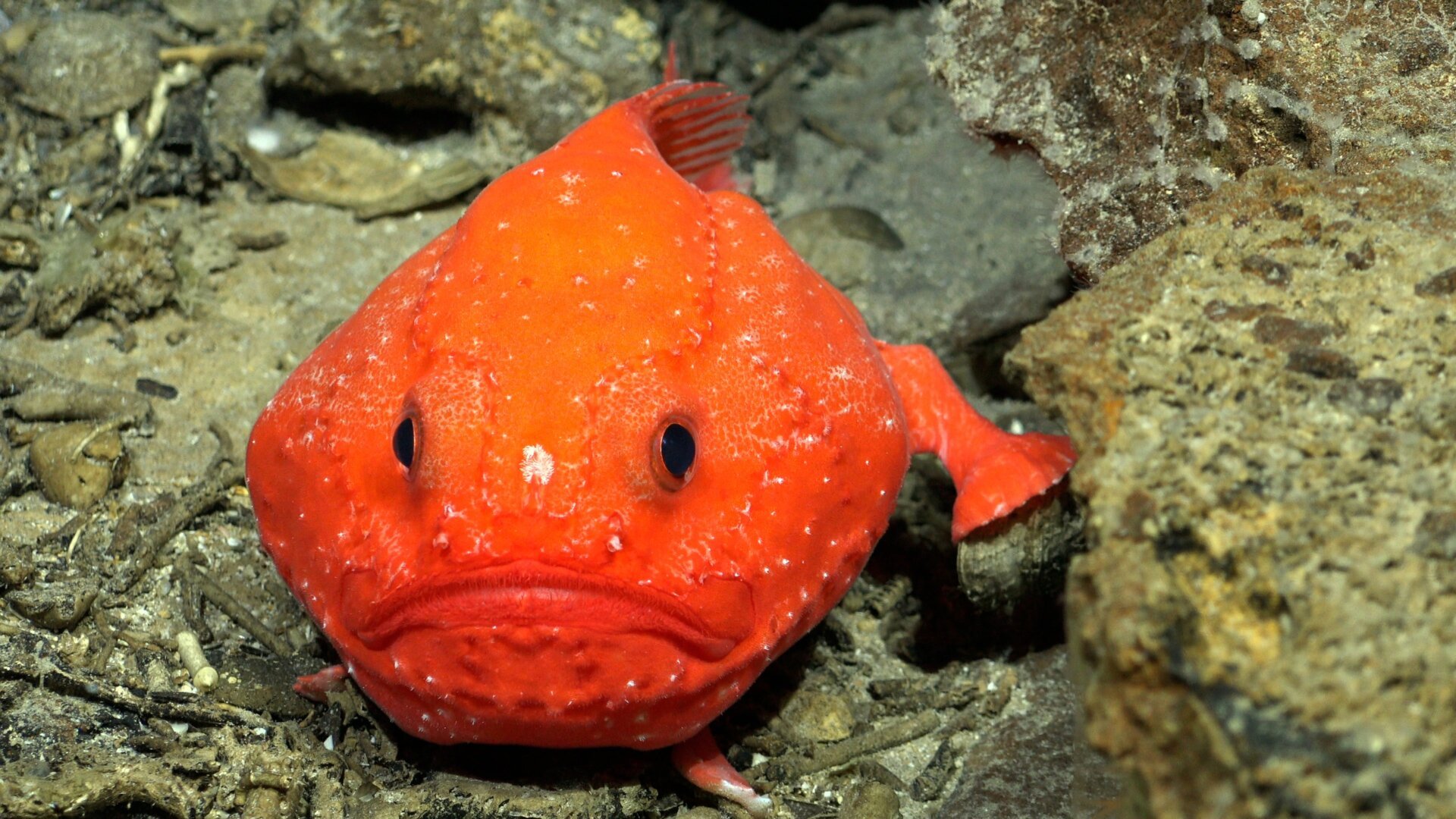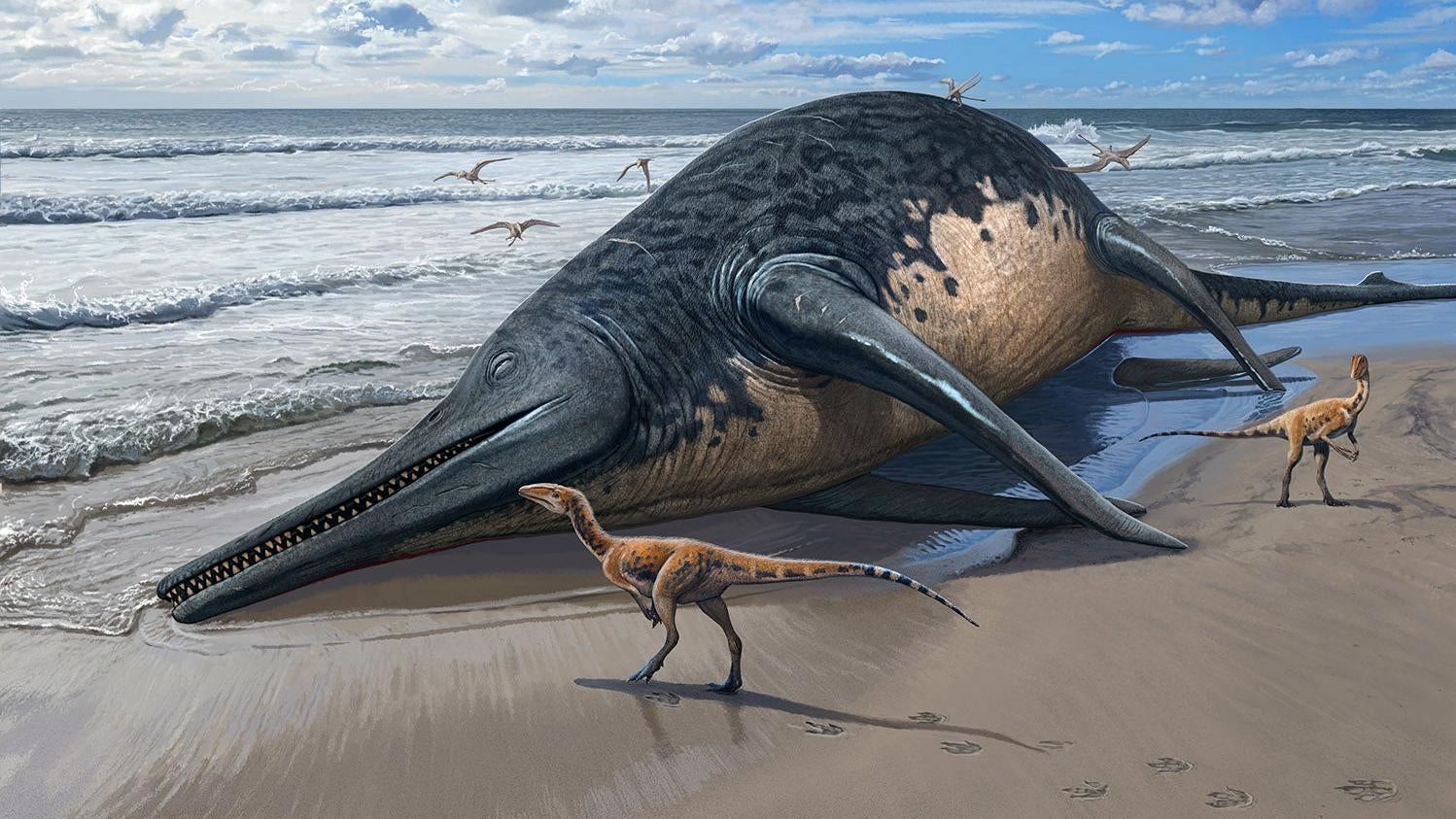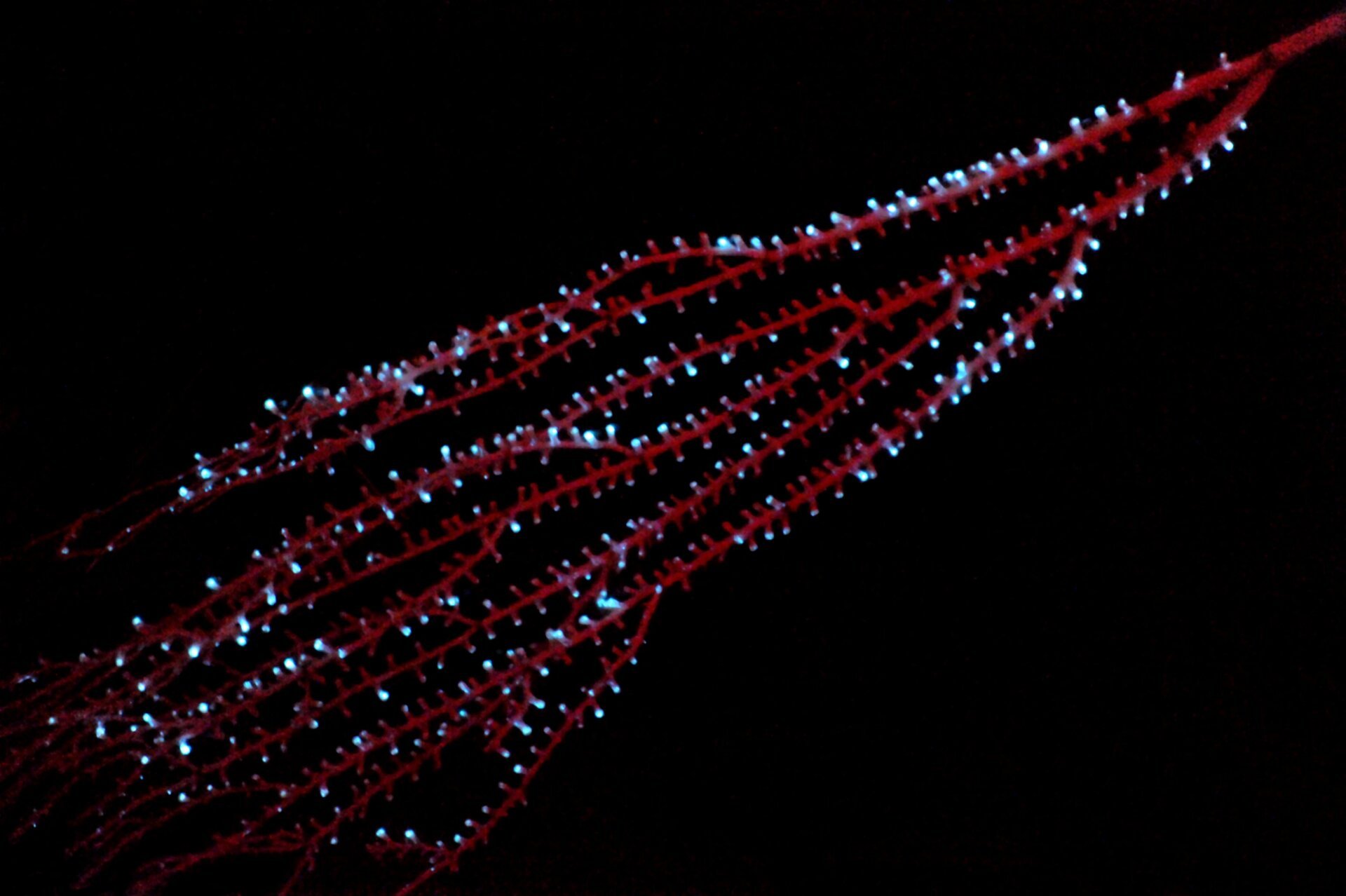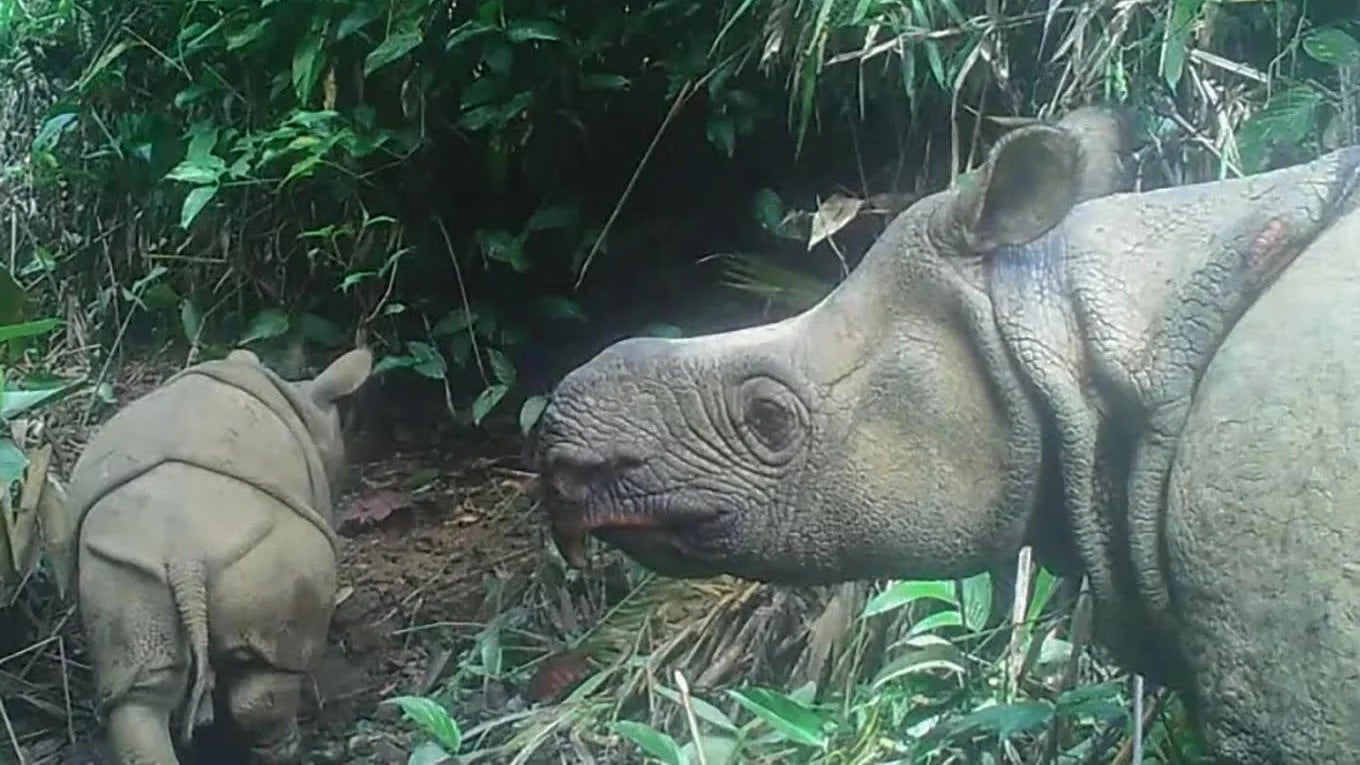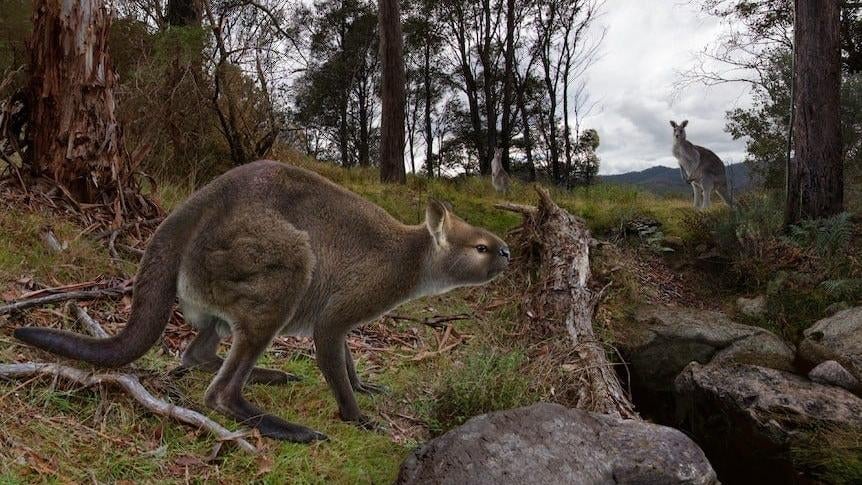The Salas y Gómez Ridge, a vast underwater mountain range stretching from Chile to Easter Island (Rapa Nui), has long held secrets in its depths. A recent 40-day scientific expedition has shed light on this mysterious ecosystem, revealing a wealth of biodiversity previously unknown to science.
The international team of researchers, led by Erin Easton of the University of Texas Rio Grande Valley and Javier Sellanes of the Catholic University of the North in Chile, utilized the Schmidt Ocean Institute’s research vessel Falkor (too) to explore the ridge. This underwater corridor, comprised of over 100 seamounts, plays a crucial role in the migration patterns of whales, sea turtles, and diverse fish species.
Their findings, announced this month, highlight the ecological significance of the region. The team documented 160 species not previously recorded on the ridge, with at least 50 potentially entirely new to science. Among the remarkable discoveries was the deepest known example of a photosynthesizing coral, a finding with implications for our understanding of coral resilience and adaptation in extreme environments.
The expedition’s discoveries extend beyond simply cataloging new species. The research contributes valuable data to ongoing conservation efforts. The Salas y Gómez Ridge is currently under consideration for special environmental protection, and the information gathered during this expedition will be instrumental in shaping future conservation strategies.
“The observation of distinct ecosystems on individual seamounts highlights the importance of protecting the entire ridge, not just a few seamounts,” Easton emphasized in a statement released by the Schmidt Ocean Institute. The team’s hope is that their data will support the establishment of new marine protected areas, including those in the high seas along the Salas y Gómez Ridge. This protection is critical for preserving the unique biodiversity and migratory pathways that make this region so vital.
The Salas y Gómez Ridge expedition underscores the vastness of the unexplored ocean and the importance of continued scientific exploration. The discoveries made not only expand our knowledge of marine life but also emphasize the urgency of protecting these fragile ecosystems for future generations.



